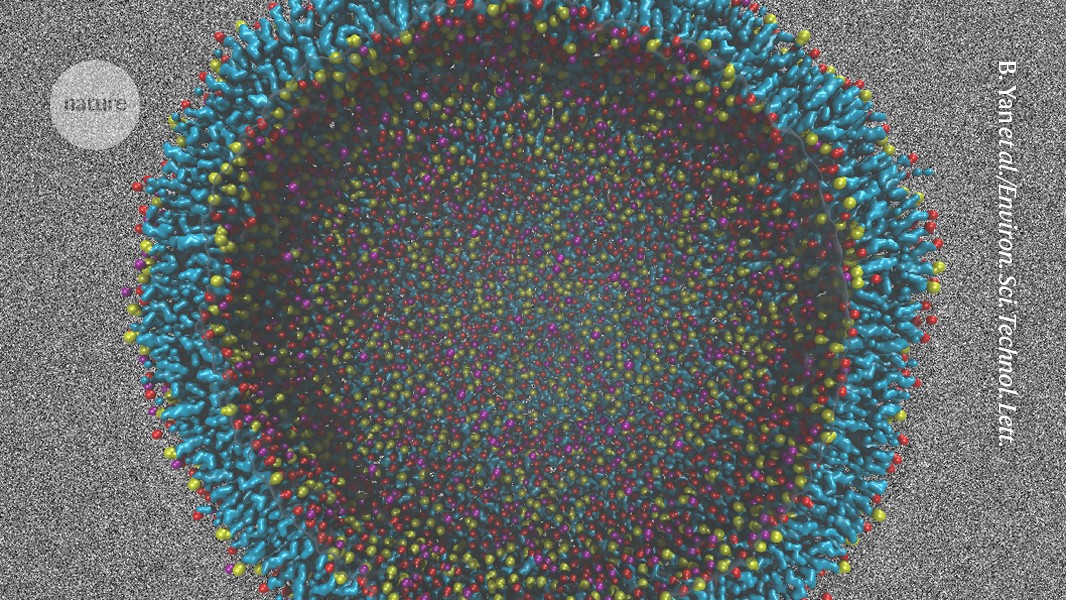
"At sufficiently high concentrations, certain per- and poly-fluoroalkyl substances demonstrate a remarkable ability to self-organize into two-layered membranes, mimicking cellular structures."
"This self-assembly behavior suggests a potential reason for the persistence of 'forever chemicals' in the environment, contributing to their longevity in soil and groundwater."
"Understanding the self-organization of these compounds could pave the way for better remediation strategies, addressing the challenge of their presence in our ecosystems."
"Research on these 'forever chemicals' reveals insights into their stability and behavior, which has significant implications for environmental science and public health."
Recent research indicates that per- and poly-fluoroalkyl substances, commonly known as 'forever chemicals', exhibit a unique self-organization property at high concentrations. These compounds can form stable, two-layered membrane structures that resemble biological cells. This behavior may help explain their enduring presence in the environment, particularly in soil and groundwater. Understanding these self-assembly processes can inform better efforts to remediate contaminated sites, highlighting the intricate relationship between chemical properties and environmental challenges.
#environmental-science #perfluoroalkyl-substances #chemical-persistence #remediation-strategies #public-health
Read at Nature
Unable to calculate read time
Collection
[
|
...
]